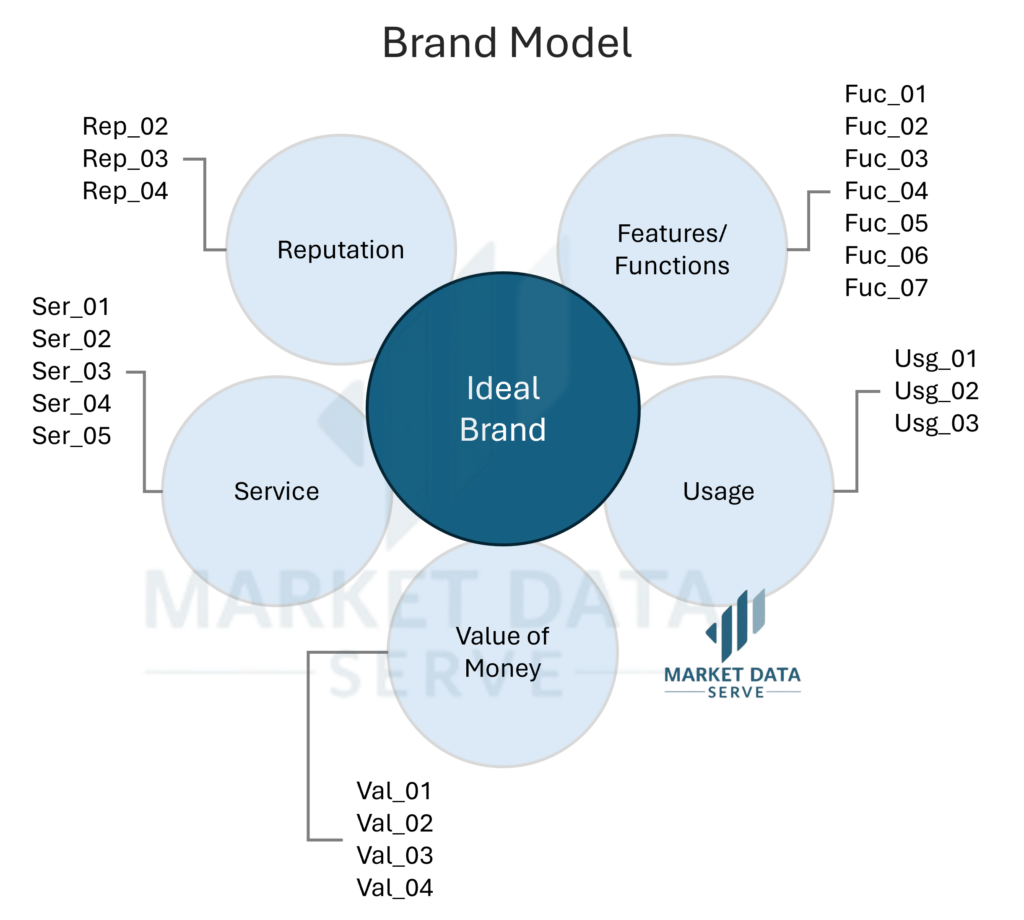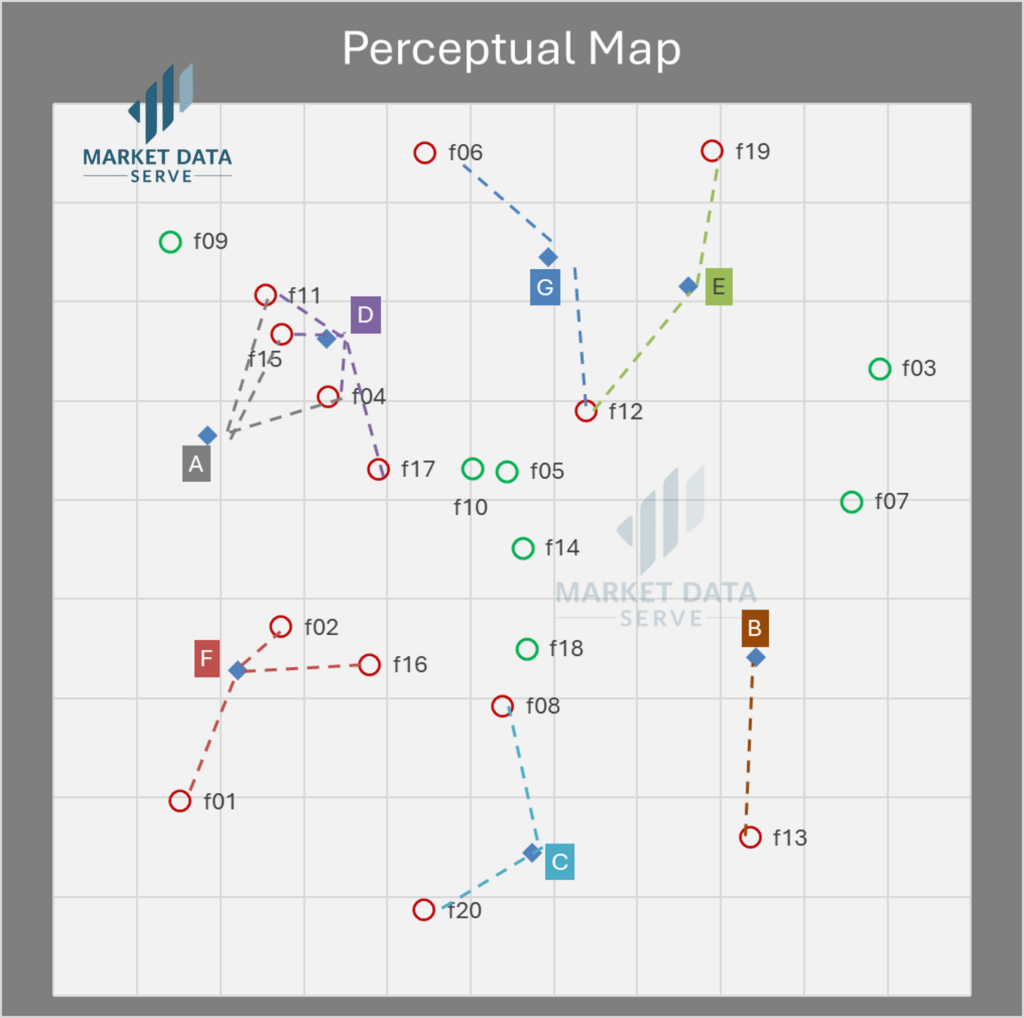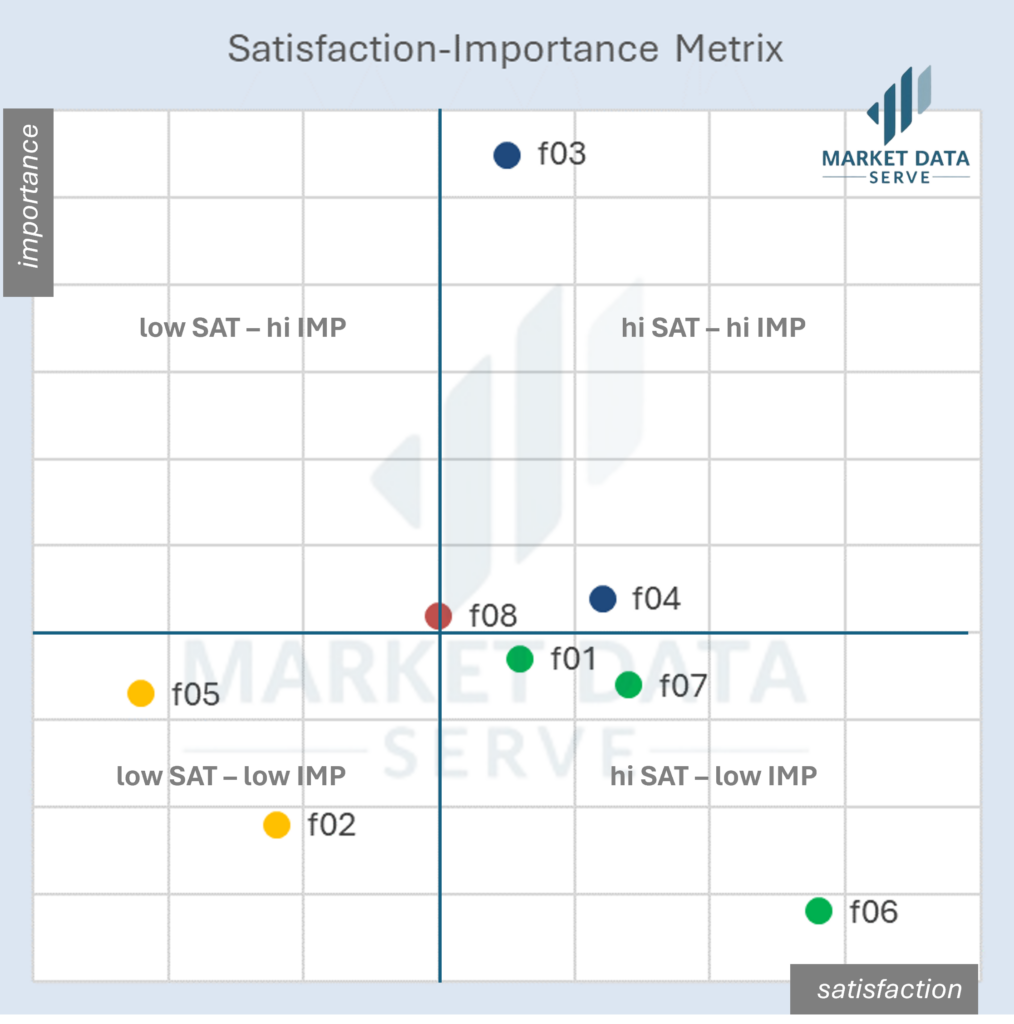Research Findings
Once the key attributes influencing consumer brand decisions are identified through qualitative research, these attributes are then quantified and compared against competitors using a quantitative approach.

Brand Analysis
Our qualitative research-based brand analysis seeks to understand respondents’ insights regarding their purchase considerations and motivations.
We use content analysis to extract and summarize respondents’ opinions to build our model. However, our findings do not provide an importance level for each factor.
Our model can be employed to assess the importance of different factors and compare existing brands using a quantitative approach.

Brand Awareness
Brand awareness serves as the initial phase of brand assessment. It is analyzed and categorized into the following classifications:
Top of Mind: This category encompasses the brand that respondents recall spontaneously, without any prompts.
Recall: This category includes the subsequent brands that respondents mention independently, without any guidance or prompts.
Recognition: This category encompasses brands that respondents recognize after being exposed to certain cues.
Unaware: This category consists of brands that respondents do not recognize, even after being presented with cues or prompts.
The brand awareness assessment results are summarized as percentages for each category, and an aggregate score is calculated by summing the weighted scores. This aggregate score serves as a valuable metric for evaluating marketing operations and assessing their effectiveness.

Perceptual Map
A perceptual map is a visual tool that illustrates a brand’s position in relation to its competitors and key decision-making attributes (or factors). The closer an attribute is to a brand on the map, the stronger that brand is perceived to be in that specific attribute (whether it’s brand image or personality).
Perceptual maps are created using data gathered from quantitative research. Statistical techniques are applied to determine the optimal placement of both attributes and brands along the X and Y axes of the map.

Satisfaction-Importance Metrix
The satisfaction-importance matrix is a valuable tool for prioritizing customer needs and preferences.
It’s a two-dimensional matrix that maps satisfaction on the horizontal axis and importance on the vertical axis. Customers provide ratings for their satisfaction levels regarding various aspects of a product or service, along with the importance they place on those aspects.
This matrix helps to pinpoint areas where customers are both satisfied and find things important, as well as areas where they are dissatisfied or do not consider certain aspects important.